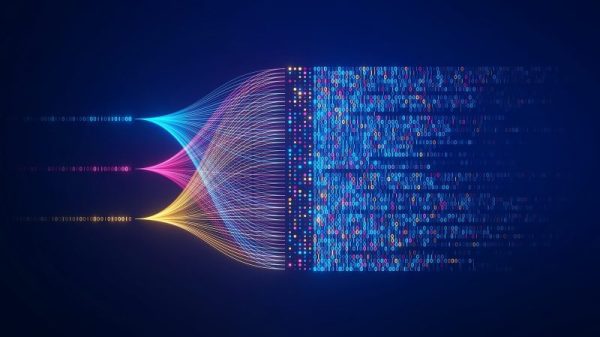Artificial Intelligence Terminology Explained for Humans
**1. Machine Learning**
Machine learning is an essential aspect of artificial intelligence where algorithms enable machines to learn from data and make decisions or predictions based on that data without explicitly being programmed to do so.
**2. Neural Networks**
Neural networks are a set of algorithms modeled after the human brain that interpret sensory data and can recognize patterns. They are crucial in tasks such as image and speech recognition.
**3. Deep Learning**
Deep learning is a subset of machine learning that uses neural networks with multiple layers to understand complex patterns in data. It is often used in tasks that require high-level processing such as natural language processing.
**4. Natural Language Processing (NLP)**
Natural language processing involves the interaction between computers and humans using natural language. This technology enables machines to understand, interpret, and generate human language.
**5. Supervised Learning**
Supervised learning is a type of machine learning where algorithms are trained using labeled data. The algorithm learns to map input data to the correct output during training, allowing it to make predictions on new data.
**6. Unsupervised Learning**
In unsupervised learning, algorithms are trained on unlabeled data without predefined outcomes. The algorithm discovers patterns and relationships in the data on its own, making it useful for clustering and data exploration.
**7. Reinforcement Learning**
Reinforcement learning involves an agent learning to make decisions through trial and error in an environment to maximize cumulative rewards. This type of learning is often used in gaming and robotics.
**8. Artificial Neural Networks (ANN)**
Artificial neural networks are computing systems inspired by the biological neural networks of animal brains. They are the building blocks of deep learning and are designed to simulate the way human brains operate.
**9. Convolutional Neural Networks (CNN)**
Convolutional neural networks are a specialized type of neural network designed for image recognition tasks. They process input data in a grid format and are widely used in computer vision applications.
**10. Generative Adversarial Networks (GANs)**
GANs are a type of neural network that consists of two models – a generator and a discriminator – that compete with each other. They are used to generate new content, such as images or text, by learning the underlying patterns in the data.
Understanding these key artificial intelligence terminologies can provide valuable insights into the capabilities and possibilities of AI technology in today’s world. By unraveling the complexities of AI into more digestible concepts, individuals can better grasp the transformative impact that AI is having on various industries and everyday life.




























